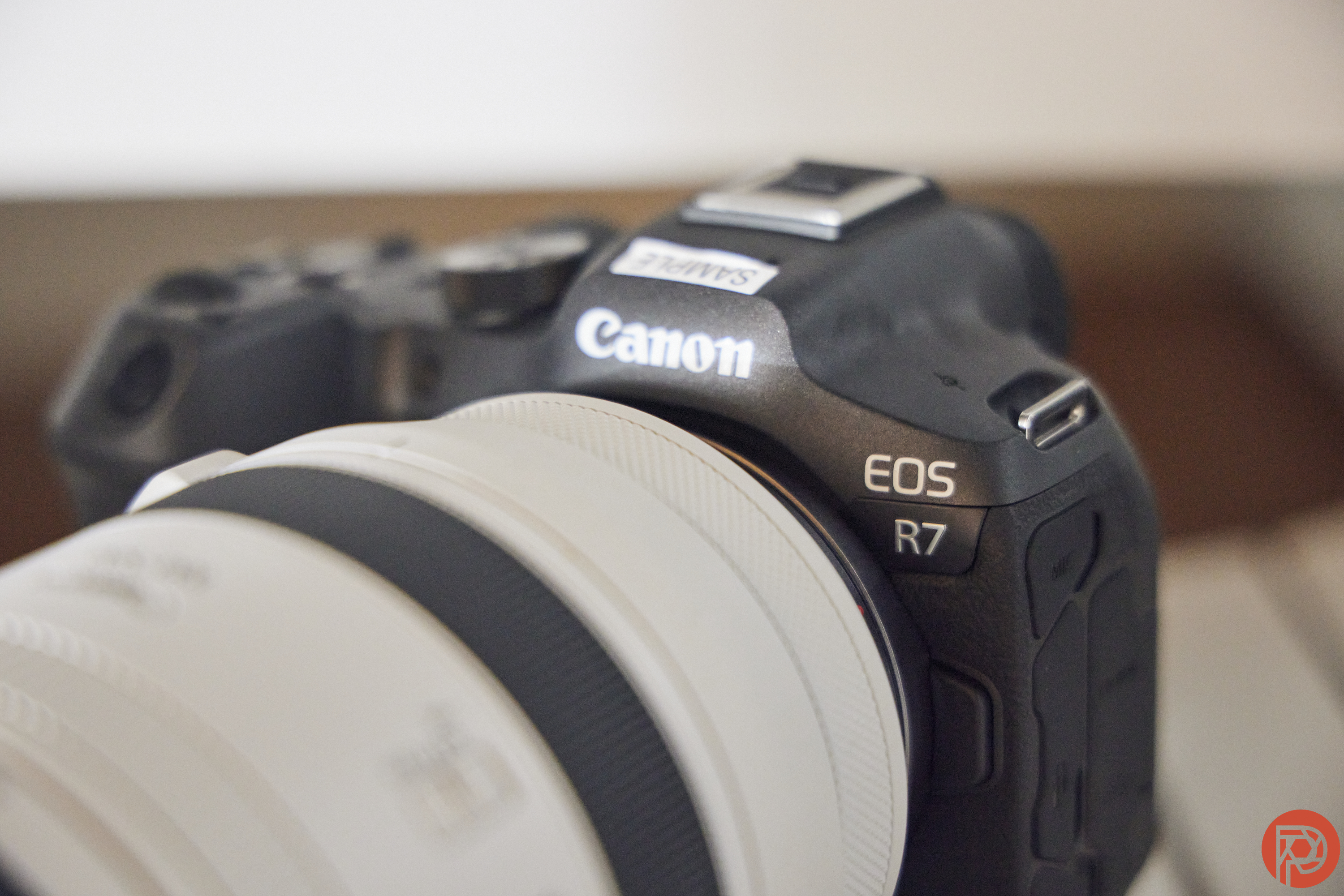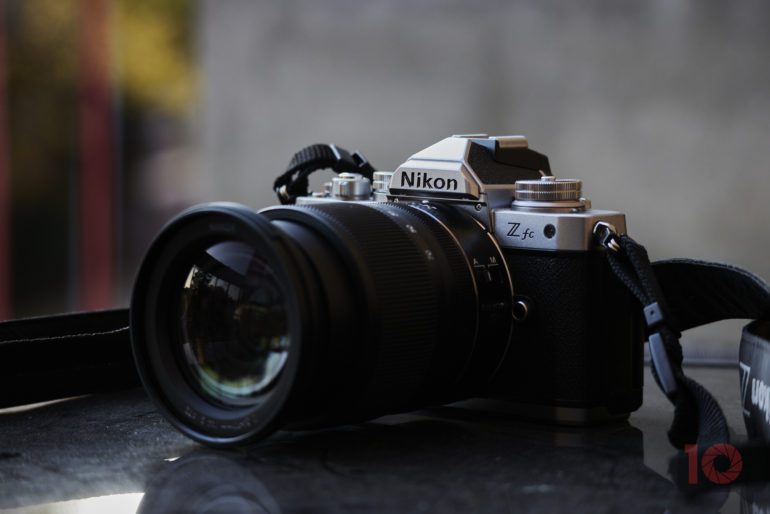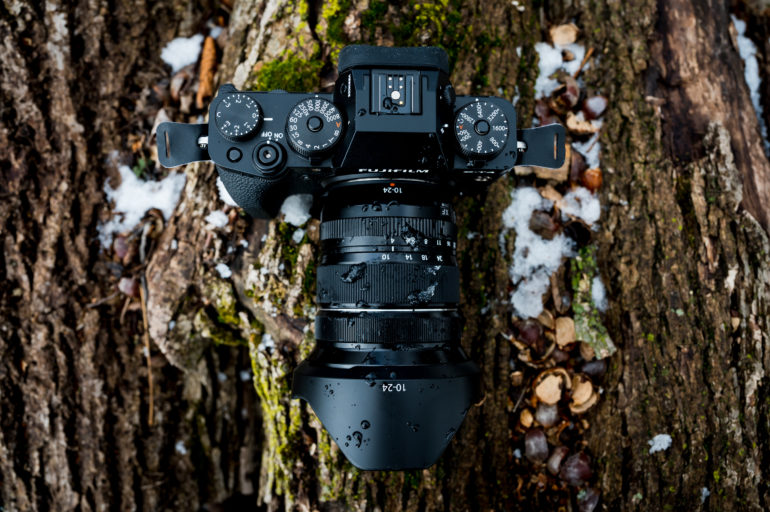Photographers for years, have always said that they don’t want anything smaller than full-frame. Indeed, I still know a lot of photographers who think this way. But if manufacturers have shown us anything, it’s that we’re in an APS-C camera renaissance. Canon, Sony, Nikon, and Fujifilm have all released some sort of support for APS-C cameras due to the supply shortages that are going around. Until that issue is totally sorted out, we may be in an APS-C camera renaissance for a while.
We hate banner ads too. Download our app for iOS, iPad, and Android and get no banner ads for $24.99/year.
Now, don’t get me wrong, not all is great in the APS-C camera world. Leica discontinued their L-mount APS-C cameras. But considering that Sigma released APS-C lenses for the format, we’re probably bound to see new entries. With all the other manufacturers, though, you can see a fair amount of APS-C growth.
Let’s go down the list here:
- Nikon released with ZFc along with APS-C lenses in the past year
- Canon released with Canon EOS R10 and Canon EOS R7 along with lenses
- Sony released APS-C lenses
- Fujifilm continues to support the X series by announcing new lenses, announcing the XH2s, and showing a roadmap for new lenses to hit the market.
- Tamron continues to support and provide lenses for APS-C cameras
- Sigma does the same
The sad thing, though, is that with so many photographers only wanting full-frame cameras, there are lots who won’t understand just how good APS-C cameras have become. But with that in mind, there are tons of great reasons why we’re in an APS-C camera renaissance besides what’s being made right now. Some of it has to do with consumer spending and not wanting to spend money they don’t have. Combine this with people wanting to get outdoors a lot more and having smaller, lighter cameras, and you’ll have a winning combination. Pixel for pixel, APS-C cameras get smaller when full-frame cameras get smaller. At the same time, the ergonomics are still satisfactory for lots of photographers out there.
I’m confident that we’re going to see more full-frame cameras before the end of the year. But I also believe that we’re going to see a lot more support for APS-C cameras. After using the Canon EOS R7 on a press trip, I’m incredibly impressed with it. Similarly, the Fujifilm XH2s satisfies the needs of lots of photographers with its updated features. Further, we’re bound to see some sort of Sony a6600 update come that takes on the likes of Canon and Fujifilm. Sony might even find a way to undercut the prices of both Canon and Fujifilm.
Photographers who own full-frame cameras, I don’t think, would have any particular interest in APS-C cameras. However, I own full-frame and also have a strong interest in APS-C. There are moments where all I need is a good point and shoot that’s small and reliable. A camera like the Fujifilm X100V would be perfect for that. But I’ve instead opted to try to get a Fujifilm 27mm f2.8 R WR for my X Pro 3. Further, the only APS-C cameras I own are from Fujifilm. If you have a look at the entire pack of manufacturers, they’re genuinely the most unique. How can you hate on superior ergonomics and image quality?
I just worked on an article talking to photographers about fitness, and they talk about stretching the lower back and spending time at a computer. Fujifilm cameras let me avoid needing to be at the computer in the first place for the most part.
Passionate photographers would buy APS-C cameras because of the image quality, size, and price point that they provide. This is especially the case with Fujifilm, as their film simulations make you need to do far less post-production if you use them correctly. Years ago, there wasn’t a lot of lens support for these cameras, but now there is. I’d hope that more professional photographers wake up and realize the same thing.




